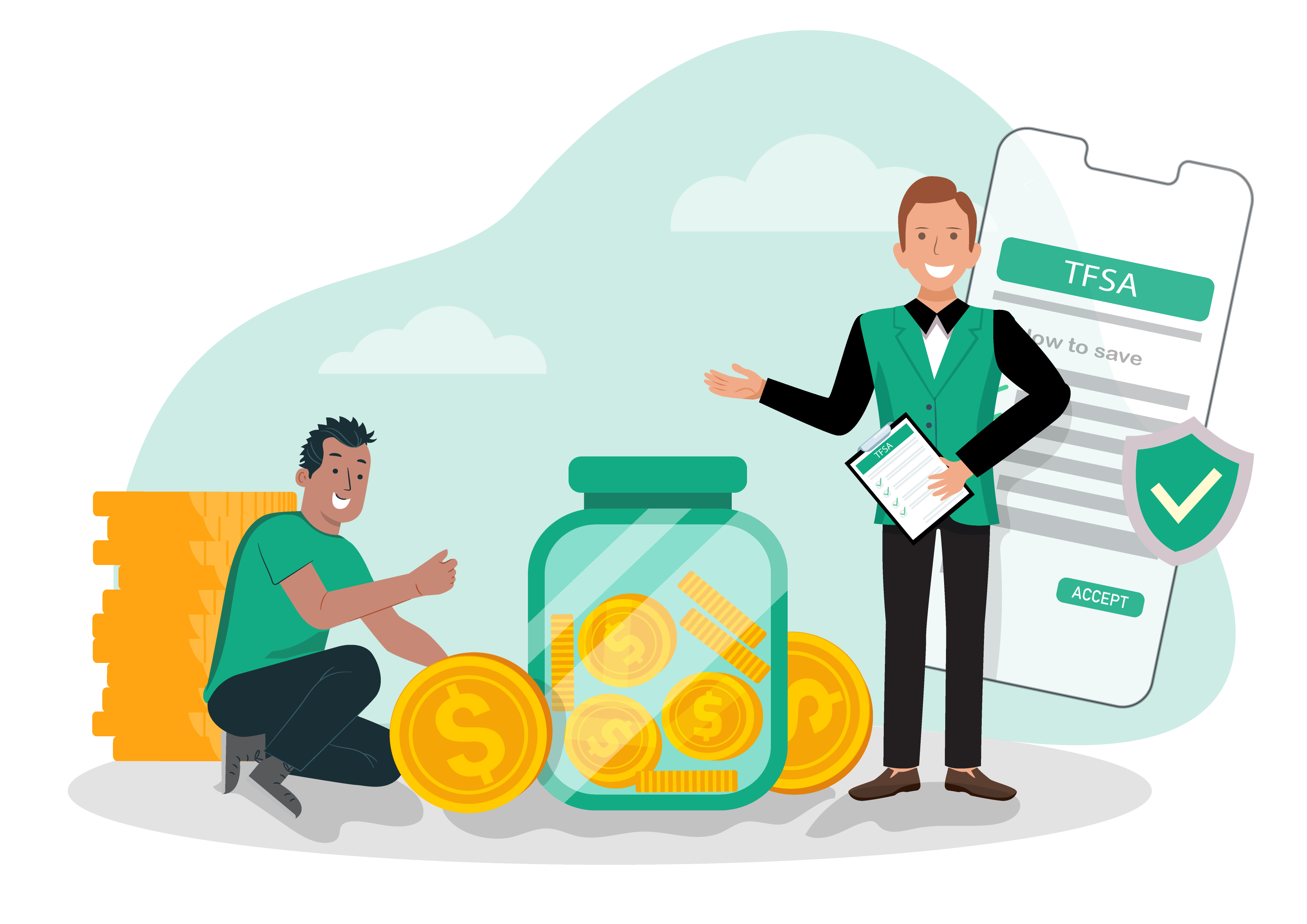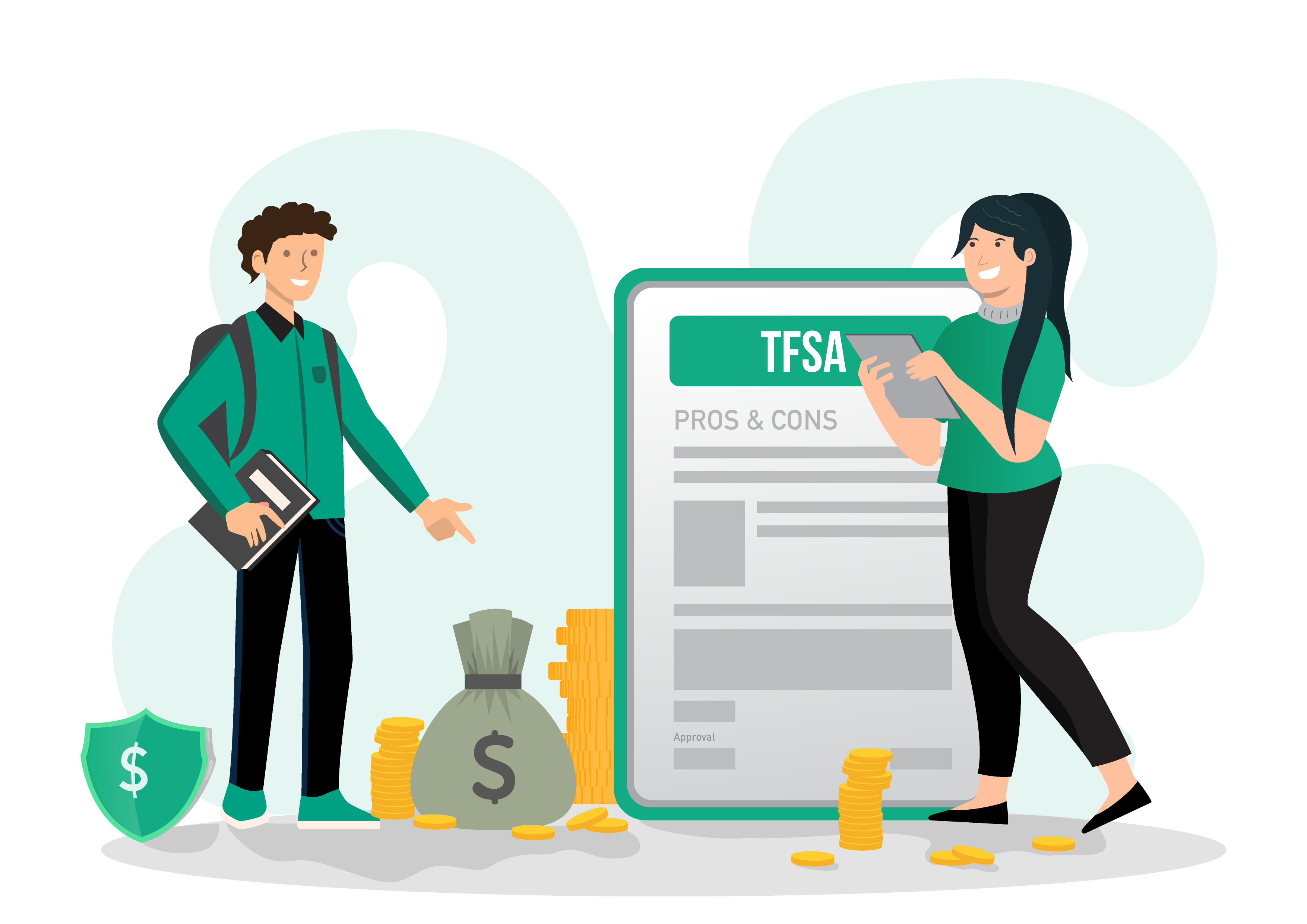
A tax-free savings account (TFSA) is a registered investment account that’s designed to help Canadians save money, while holding qualified investments. Canadian residents ages 18 or older with a valid Social Insurance Number (SIN) can have a TFSA. Any income earned within a TFSA, including interest, dividends and capital gains is tax-free. What’s more, you won’t have to pay tax on any withdrawals you make from a TFSA.
When you open a TFSA with a financial institution, you can contribute to qualified investments. Your investments then have a chance to grow tax-free. Plus, you won’t have to pay tax on money withdrawn from your TFSA. As an example, you can use a TFSA to invest in:


To open a TFSA, you must be a Canadian resident age 18 or older. You must also have a valid Social Insurance Number (SIN). You may be able to open a TFSA if you’re a non-resident of Canada with a valid SIN and age 18 or older. But any contributions you make as a non-resident will be subject to a 1% tax for each month the contribution stays in your account. Additional taxes may also apply for non-residents.
Your TFSA contributions are made from after-tax income. This means that you’ve already paid tax on the money that’s deposited into a TFSA. So you won’t have to pay tax on any income earned (e.g. interest, dividends and capital gains) within a TFSA. And, you won’t have to pay tax when you decide to withdraw those funds.
However, please note that your TFSA contributions aren’t tax deductible . This means you can’t use your TFSA contributions to reduce your overall tax bill when you file your tax return
